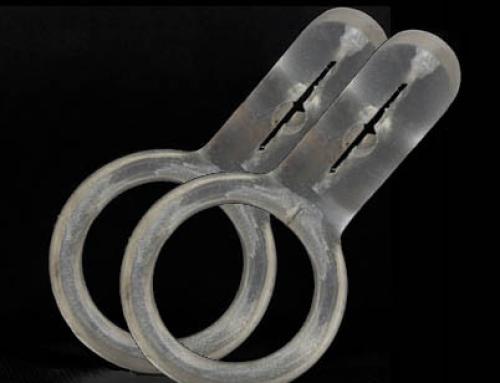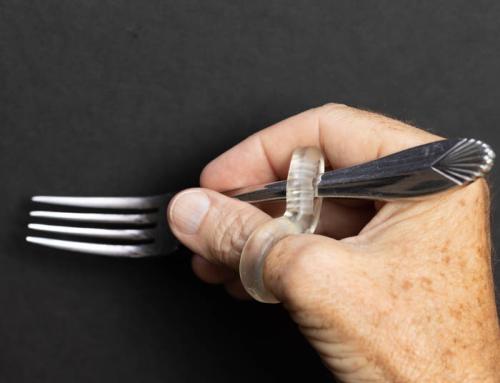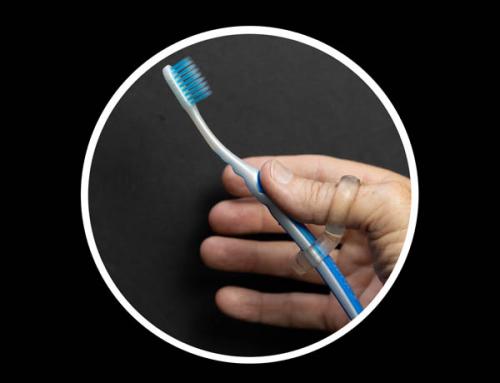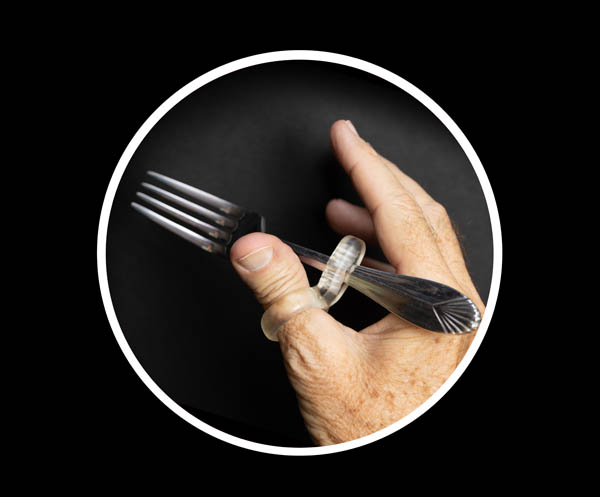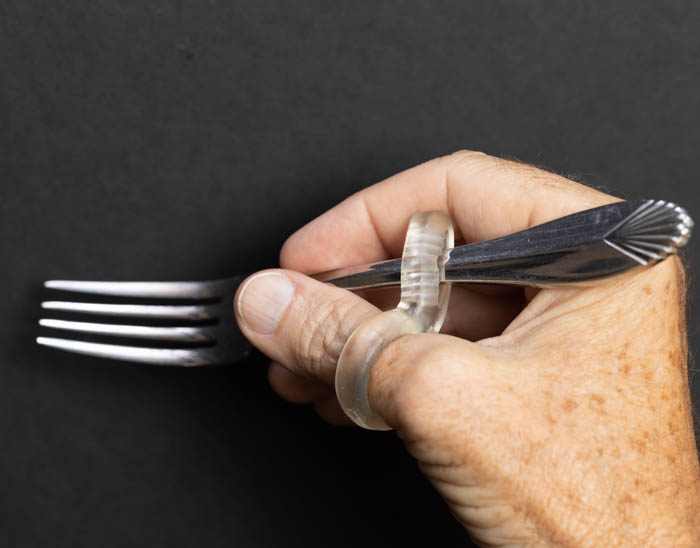
When it comes to assisting tools for the elderly and disabled, ergonomics isn’t just a fancy word—it’s a crucial factor in design that can significantly enhance daily life. We recognize the challenges that come with reduced mobility and strength, especially when performing everyday tasks like eating, writing, or personal care. That’s why we’ve dedicated ourselves to creating a tool that’s functional and adapted to meet its users’ real-world needs.
Our ergonomic grip aids are designed with user comfort and independence in mind. They are tailored to fit naturally in the hand, reducing strain and discomfort. This consideration in design helps prevent the fatigue and pain often associated with the use of less thoughtful tools. By focusing on ergonomics, we ensure that our products not only help in holding objects but do so in a way that supports the user’s long-term health and comfort.
This approach to design speaks directly to our commitment to empowerment. We aim to not merely provide tools, but solutions that enhance confidence and independence. Our grip aids are a testament to how well-designed products can improve quality of life, making everyday moments easier and more enjoyable.
Key Features of Our User-Friendly Design
Our grip aid stands out because we’ve thought extensively about the user from the drawing board all the way to the finished product. Each feature is designed with ease of use in mind. Firstly, our grip aid features a universal design that fits comfortably in any hand, regardless of its size or strength. This is crucial because it eliminates the need to struggle with adjustments or find different models suited for different people.
Secondly, the materials we use are paramount. We opt for non-slip, soft-touch materials that ensure comfort and durability. Another significant feature is the lightweight design of our tool. It’s important for us that our users do not feel weighed down by our products, making them ideal for prolonged use without added fatigue.
How Ergonomics Play a Role in Our Assistive Tools
Ergonomics is the foundation of all our design decisions, profoundly impacting how we create our tools. Understanding the natural movement and limitations of the human hand helps us innovate ways to support these movements without strain. Our products conform to the user’s grip, promoting a more natural hold and reducing the risk of cramping or discomfort. This focus on ergonomic principles significantly increases functionality and user satisfaction.
Moreover, we consider the immediate relief our tools provide from the discomfort often associated with gripping objects. The ergonomic design distributes pressure evenly across the hand, minimizing pain points and ensuring that tasks can be performed for longer periods without discomfort. This isn’t just about making daily tasks possible; it’s about making them comfortable and sustainable, promoting independence and improving overall quality of life.
Key Features of Our User-Friendly Design
Our tool stands out because we focus on user-friendly design features that address real-world needs. Each feature is crafted with the goal of enhancing the user’s daily life, ensuring that simplicity and functionality go hand in hand. For instance, our adaptive handle is molded to fit diverse hand shapes and sizes comfortably. This personalized fit helps distribute pressure evenly, reducing strain on any particular part of the hand. Additionally, the material we use is both durable and lightweight, ensuring that the tool is easy to manipulate and carry without adding to the user’s burden.
Another significant feature is the high-contrast color options available. These are not just for aesthetics; they cater to users with vision impairments, making the tools easy to locate and use. We’ve also integrated easily readable instructions directly into the tool, ensuring that anyone, regardless of their technological proficiency, can understand how to use our product effectively from the first time they pick it up.
How Ergonomics Play a Role in Our Assistive Tools
Ergonomics is central to the design of our assistive tools. By understanding and applying ergonomic principles, we ensure that each tool not only alleviates the effort needed to perform tasks but also promotes better overall health. Our ergonomic designs help in reducing the risk of further injury such as strain or sprain and can actually promote recovery through promoting correct hand postures and movements. This proactive approach to design helps ensure that users can carry out their daily activities with minimal discomfort and maximum efficiency.
For example, our tools are specifically angled to minimize wrist twisting, which is a common cause of discomfort and injury. The grips are shaped to facilitate a natural hand position, supporting the natural curve of the fingers and palm. This alignment helps in reducing joint stress and muscle fatigue, making daily tasks more accessible and less physically taxing. By prioritizing ergonomics, we not only offer immediate assistance but also contribute to long-term health benefits for our users.
By focusing on both the immediate and long-term needs of our users through thoughtful, ergonomic design, we ensure that our tools are more than just aids—they are a part of a healthier, more independent lifestyle.
Conclusion
Thank you for reading about how our tools can make daily life easier, healthier, and more independent. We believe in supporting our users not just with products but with ongoing dedication to improvement and understanding. For more information on how our ergonomic assistive tools, like gripping aids, can help you or a loved one, visit GETAGRIP today. Experience the difference that thoughtful design and genuine care can make in your daily life.
About the author : admin
Latest videos
Join our mailing list today
Insider offers & flash sales in your inbox every week.
Curabitur non nulla sit amet nisl tempus convallis quis ac lectus dolor sit amet, consectetur adipiscing elit sed porttitor lectus.

